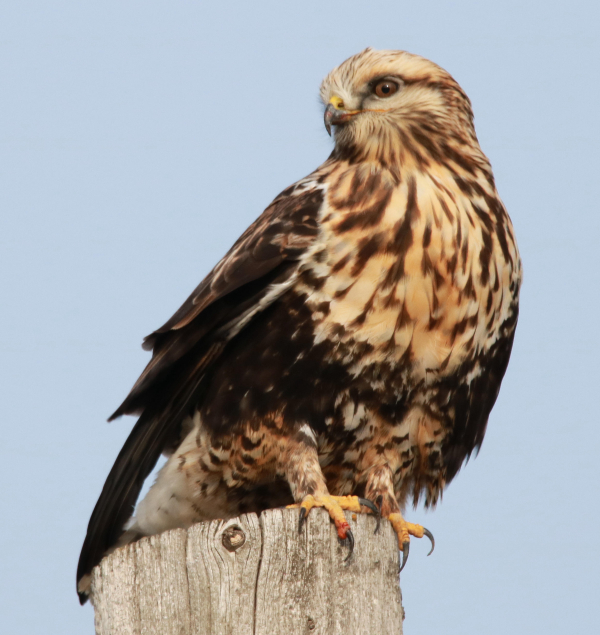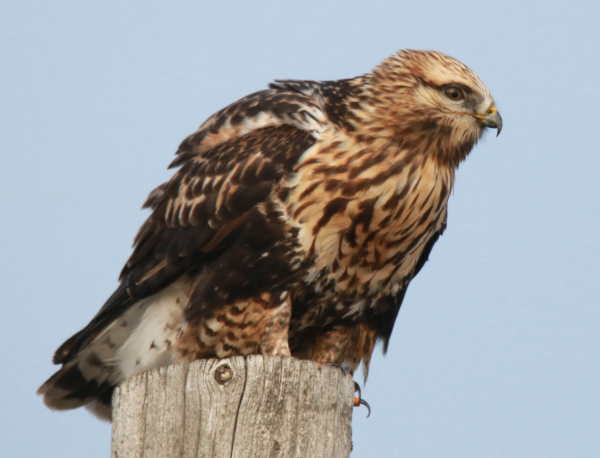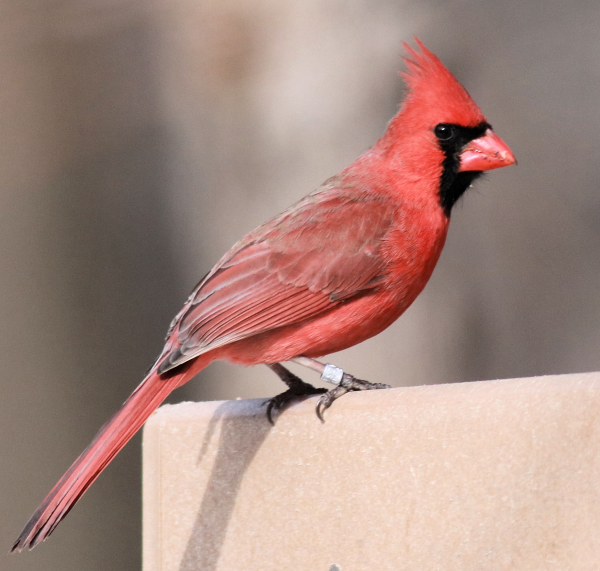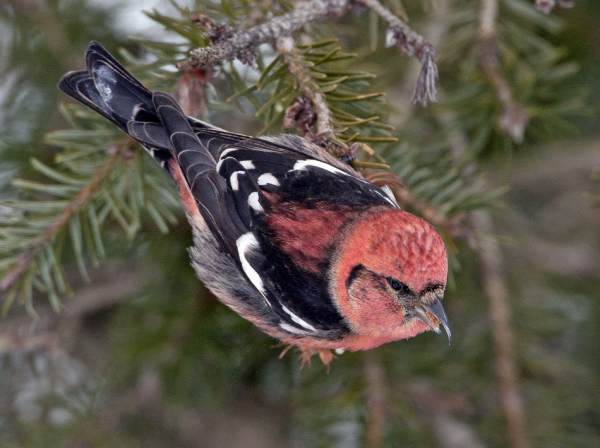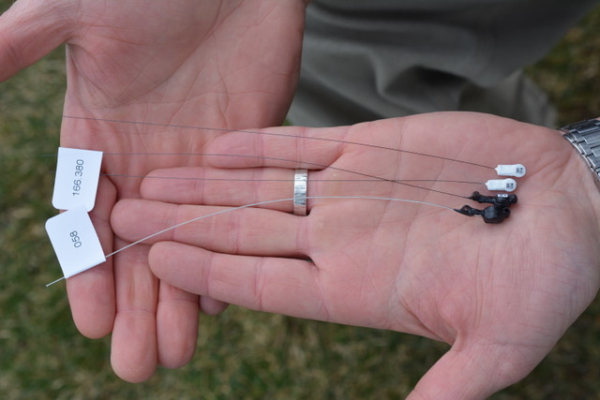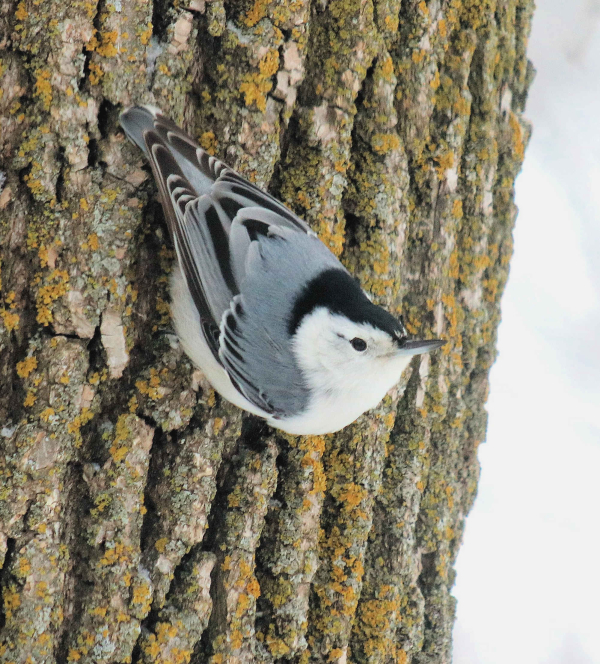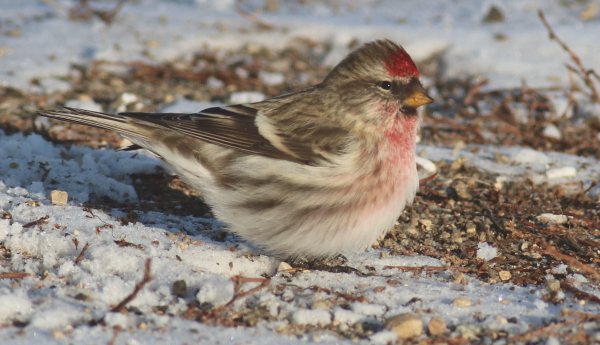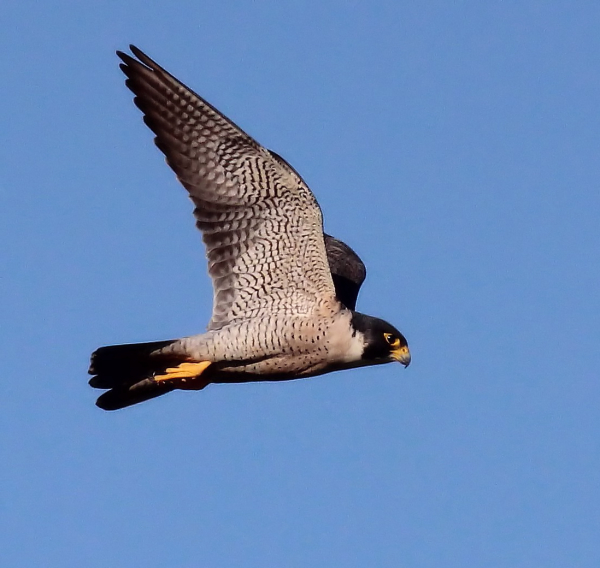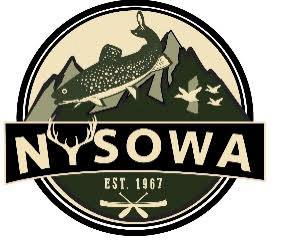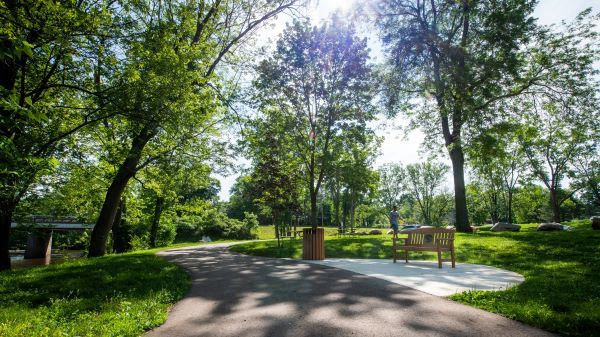Wild Turkeys for Thanksgiving
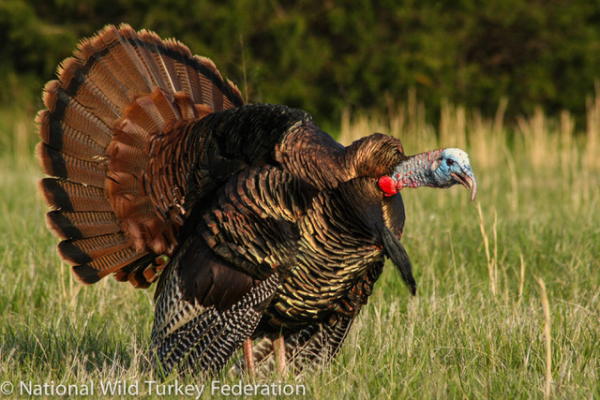
— Jodi Stemler
This holiday season, I’ll be traveling through the airport with a frozen wild turkey in a YETI Hopper as my carry-on. It’s a tradition we started about five years ago, and I’m always proud to supply a key portion of my family’s annual Thanksgiving dinner—though the comments from the TSA Agents can be amusing.
Turkey and Thanksgiving have gone hand in hand since colonial times, right? Not exactly… the well-known tale of the decimation of wildlife followed by the restoration and return to huntable populations is no more evident than it is with wild turkeys. On the front end of that restoration effort was the New York State Department of Environmental Conservation, with help from funding through the Pittman-Robertson Federal Aid in Wildlife Restoration Fund. New research is showing how that initial investment is paying big dividends, and how having wild turkey on the Thanksgiving table is now something we can all celebrate.
From Abundant to Scarce
Despite popular belief, historians aren’t clear whether turkeys were on the table at the first Thanksgiving dinner shared by colonists and the Native Americans in 1621. Wild turkeys were abundant throughout the colonies, and Governor William Bradford of the Plymouth Colony wrote of the “great store of wild turkeys, of which they took many.” He also notes before that storied first Thanksgiving the Englishmen went on a successful “fowling” mission, though waterfowl might have been a more likely quarry during the fall migration. Instead, the Wampanoag tribe brought several deer to the dinner, so venison was probably the primary protein.
In truth, by the time that President Abraham Lincoln issued a proclamation in 1863 declaring an official Thanksgiving holiday to occur in late November, wild turkeys were largely extirpated across much of the country. The once prolific birds fell victim to unregulated harvest by market hunters and the conversion of forested habitat to farmland. As an example, by the late 1800s about 75% of New York state was cleared for farmland and turkeys are believed to have been gone from the state since the 1840s. By 1920, wild turkeys were lost from 18 of the original 39 states in its historical range. Read more

